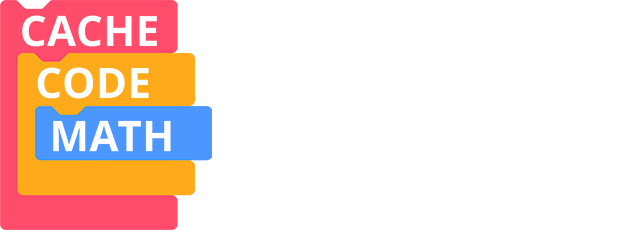Document Type
Article
Journal/Book Title/Conference
Assessment in Education: Principles, Policy & Practice
Volume
32
Issue
1
Publisher
Routledge
Publication Date
5-2025
Journal Article Version
Accepted Manuscript
First Page
1
Last Page
37
Creative Commons License

This work is licensed under a Creative Commons Attribution-Noncommercial 4.0 License
Abstract
This study investigates the use of exit tickets as formative assessments in math-integrated computer science (CS) lessons for grade 5 students. Exit tickets are brief surveys administered immediately after instructional activities. Using structural equation modelling (SEM), we analysed data from 1,067 students to examine the reliability and validity of exit tickets in predicting summative pre/post survey results. The study found that the exit ticket responses consistently assessed student affect at two administration points, meeting strict measurement invariance criteria (χ2(21) = 1.34, p = 1.00). Confirmatory factor analysis revealed that exit tickets predicted student self-efficacy and interest in CS, which are key educational outcomes. These findings suggest that exit tickets can be valuable tools for enhancing instructional practices and supporting student learning and engagement in CS education. The study concludes with recommendations for effectively implementing exit tickets in educational settings.
Recommended Citation
Shehzad, U., Recker, M., Clarke-Midura, J., (2025). Exploring the Potential of Exit Tickets as Formative Assessments of Student Affect. Assessment in Education: Principles, Policy & Practice, 32(1). https://doi.org/10.1080/0969594X.2025.2510206



Comments
This is an Accepted Manuscript version of the following article, accepted for publication in Assessment in Education: Principles, Policy & Practice. Shehzad, U., Recker, M., Clarke-Midura, J., (2025). Exploring the Potential of Exit Tickets as Formative Assessments of Student Affect. Assessment in Education: Principles, Policy & Practice, 32(1). https://doi.org/10.1080/0969594X.2025.2510206. It is deposited under the terms of the Creative Commons Attribution-NonCommercial License (http://creativecommons.org/licenses/by-nc/4.0/), which permits non-commercial re-use, distribution, and reproduction in any medium, provided the original work is properly cited.
This work was supported by National Science Foundation Grant no. 2031382 and 2031404. Opinions, findings, or recommendations expressed in this paper are those of the authors and do not necessarily reflect the views of the funding agency. We thank the participating teachers and students.